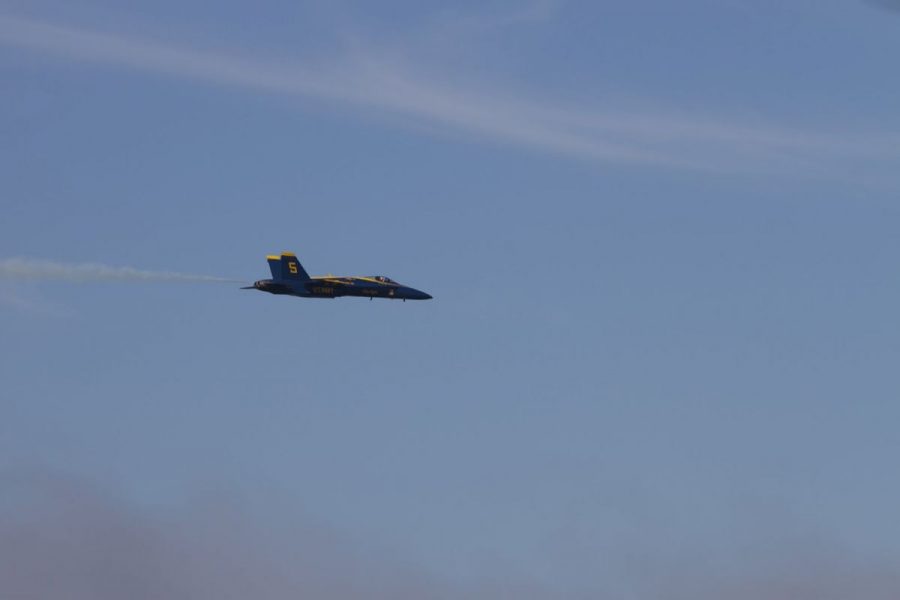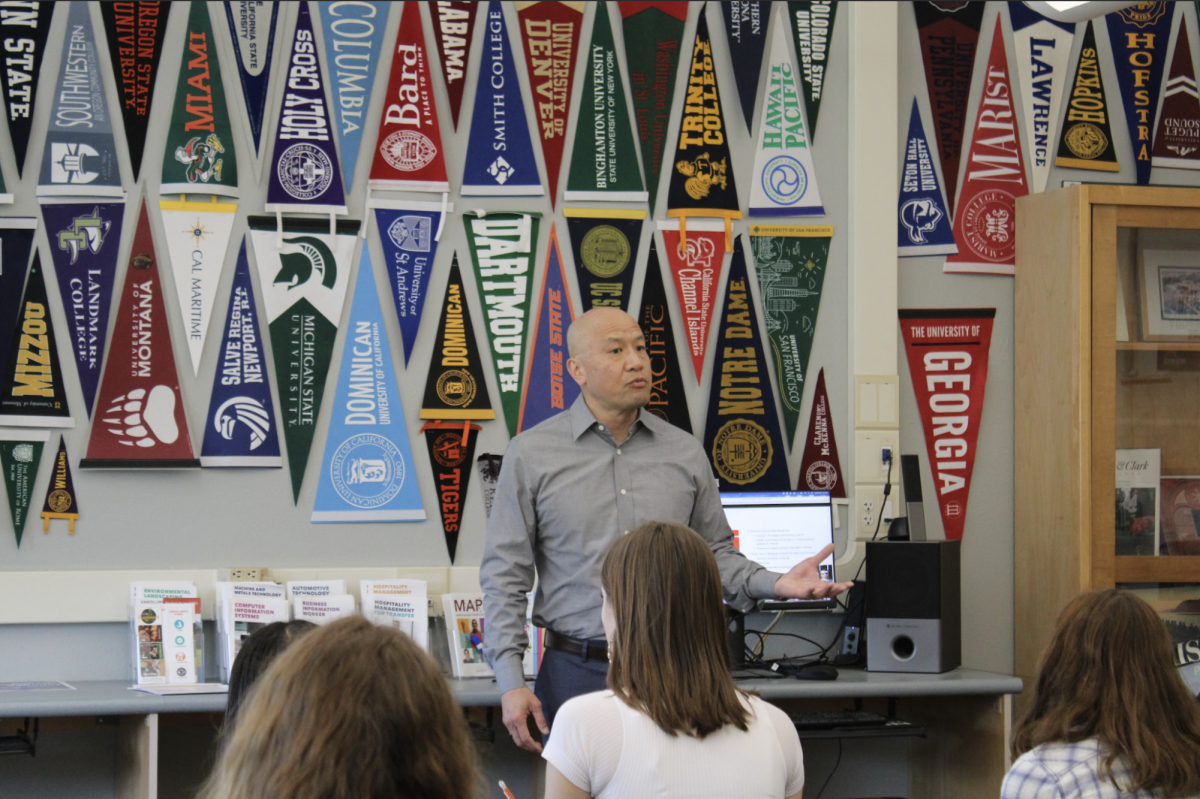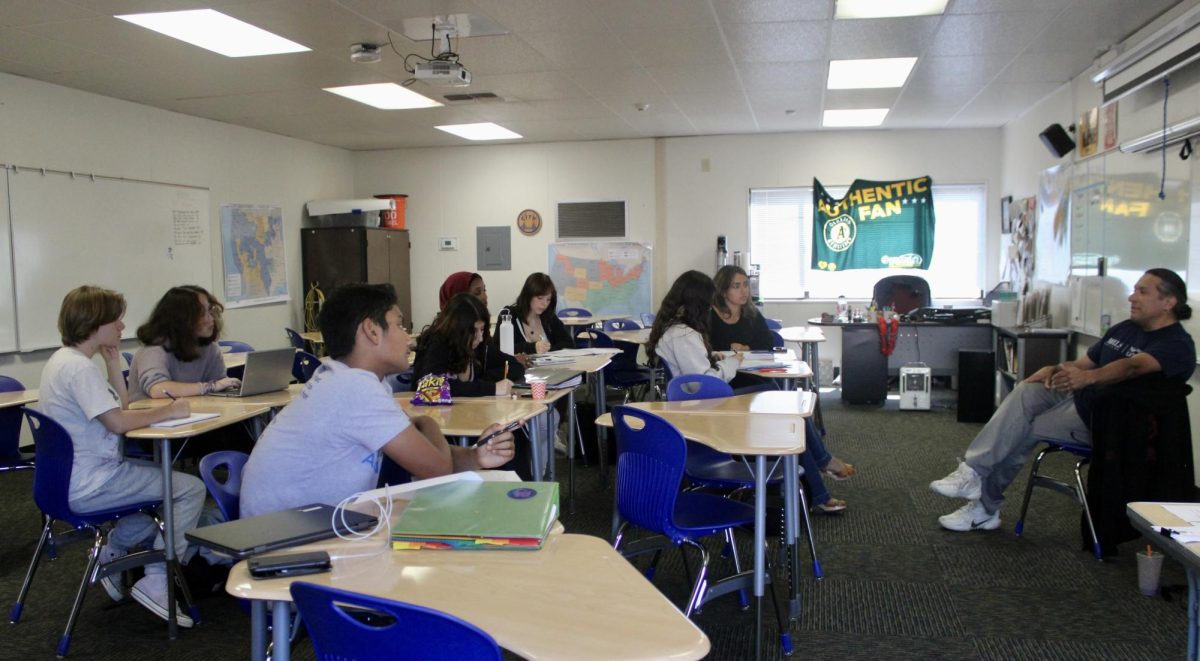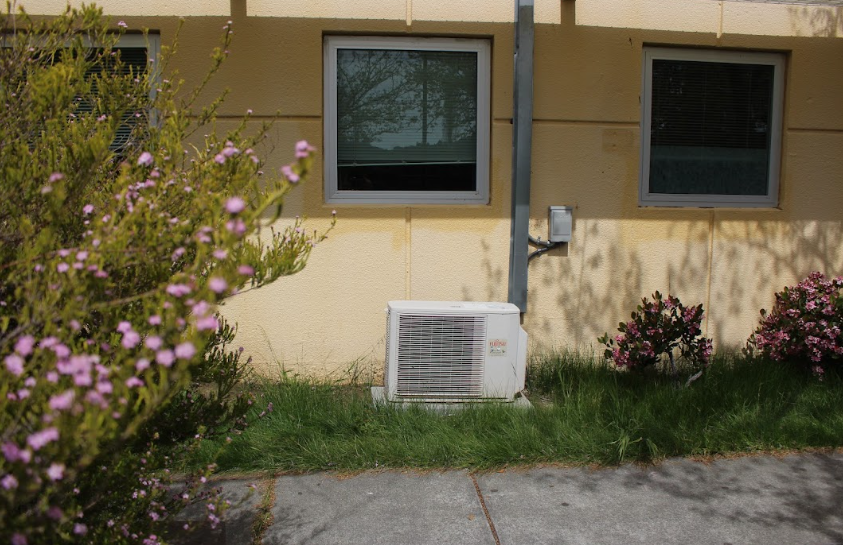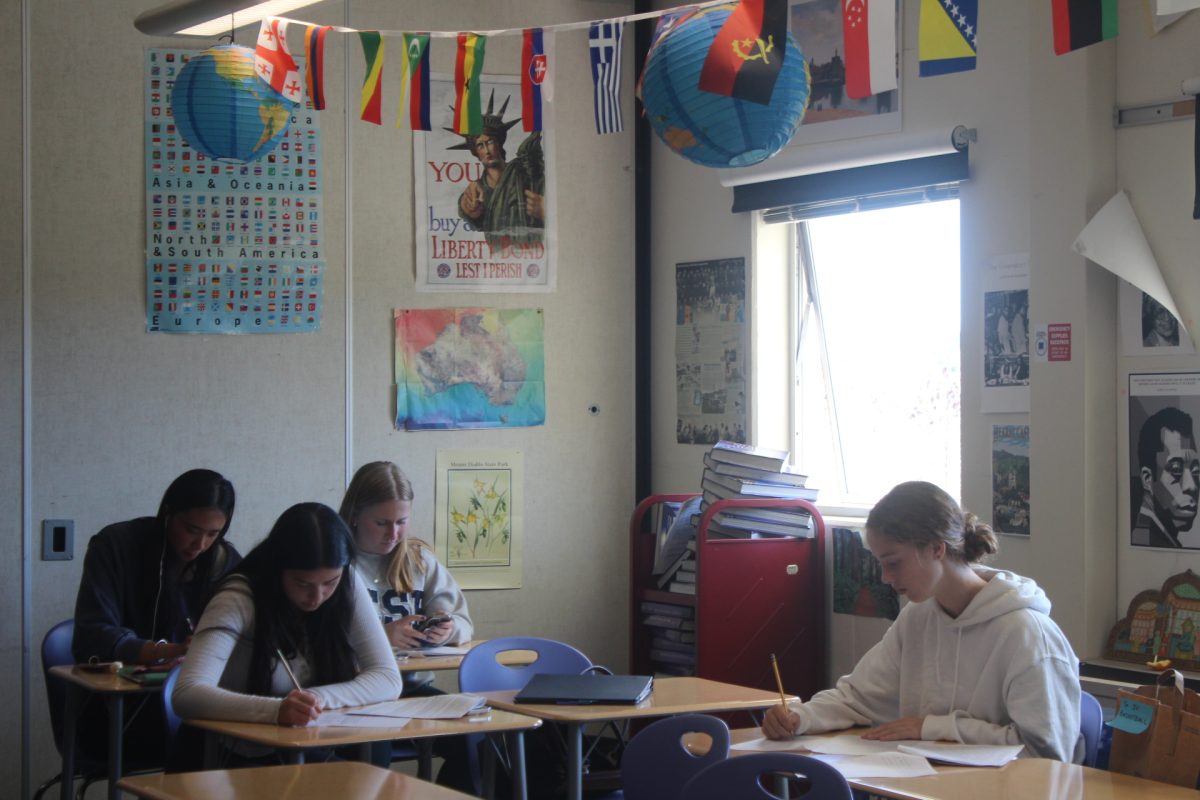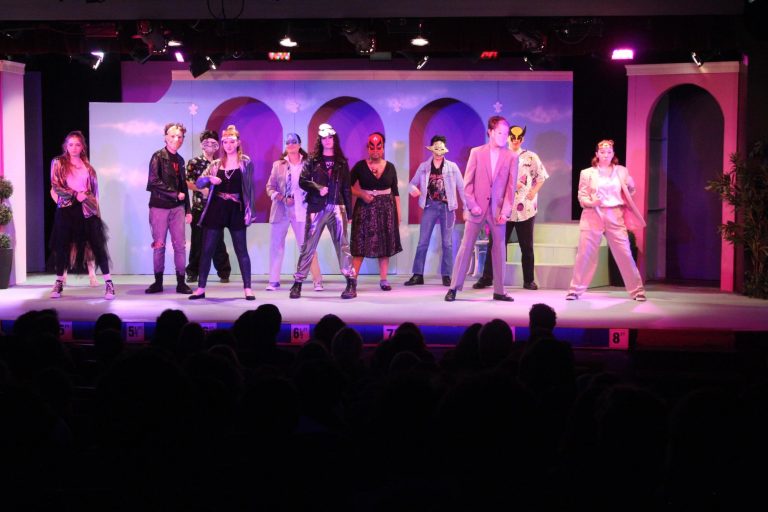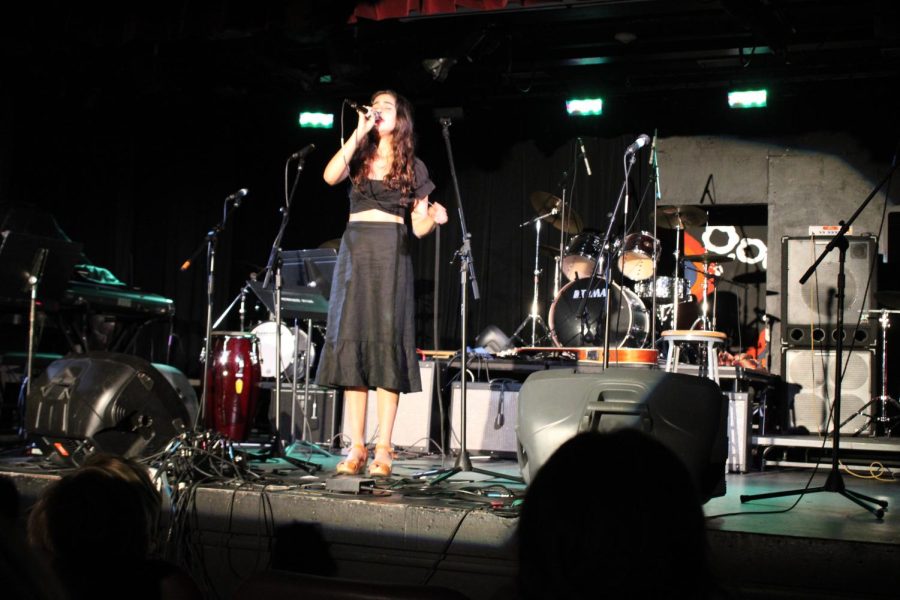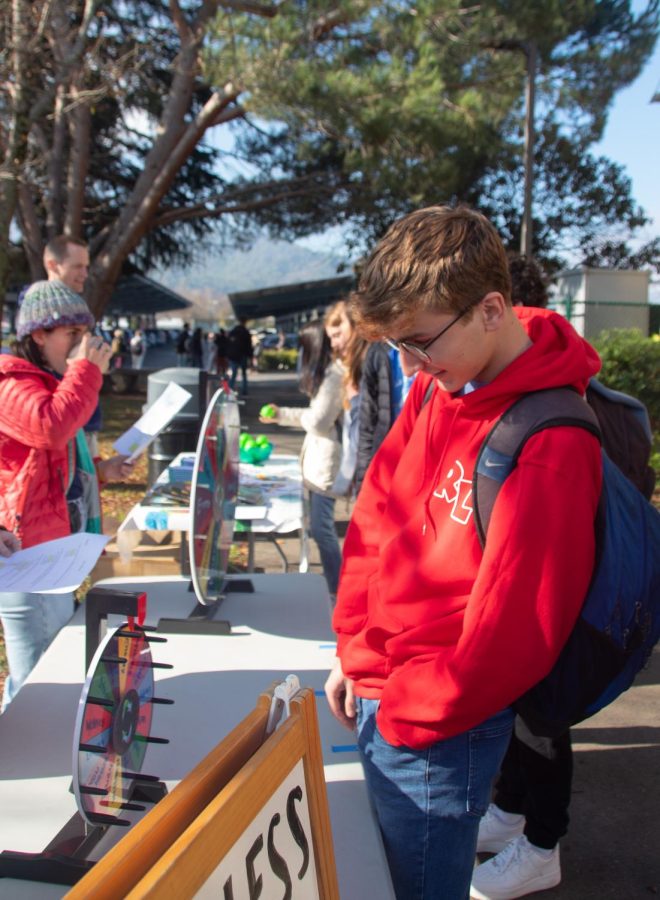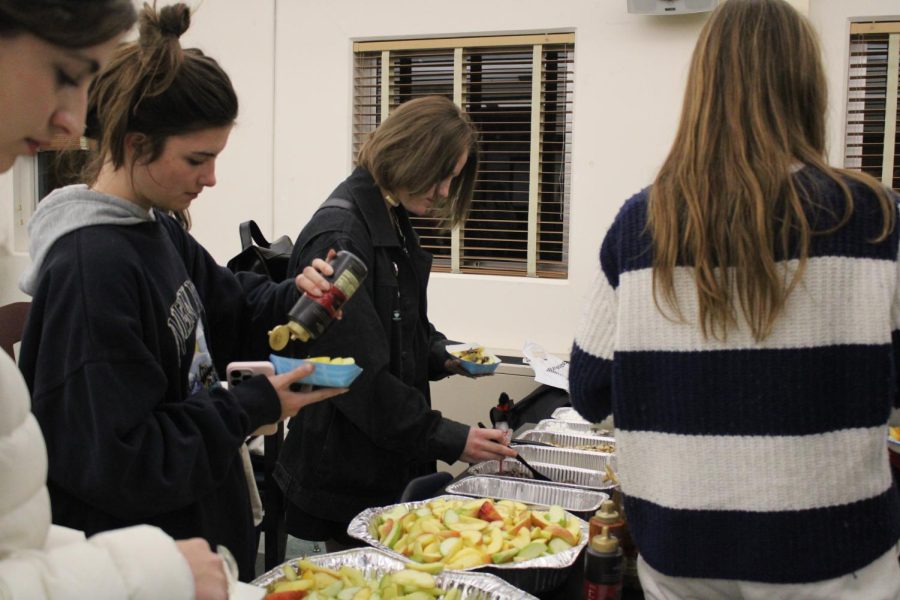Amid Thursday’s early morning fog, fleet week blew through the San Francisco Bay.
Blue Angel Lieutenant Commander Michael Cheng zipped up his uniform, put on his cap, and stepped into one of the only sixteen F/A-18 Hornets in the world. Cheng is a Blue Angel.
After canceling Fleet Week last year, Ed Lee confirmed the return of the Blue Angels in early October along with the rest of the planes to 2014’s Fleet Week celebrations.
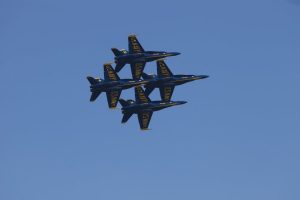
“Last year the show was cancelled because of the government sequestration. Every year the government allots a certain amount of funding for air show support, and the sequestration put constraints on that, thus pulling the funding for Fleet Week,” said Michael Wiskus, pilot of Lucas Oil Pitts.
“San Francisco’s Fleet Week began in 1981 to honor all the contributions of the men and women of the US Armed Forces. Additionally, since many of the activities during Fleet Week take place within and for the community, it is supposed to encourage cooperation and knowledge between military and civilians,” Maribel Garcia said, who works for Department of Emergency Management (DEM).
Leading the parade was the U.S.S. Chosin, a navy cruiser commissioned in 1991. During the parade, no other boats were permitted to travel along the San Francisco waterfront from the Golden Gate Bridge to the Ferry Building, according to the Coast Guard.
“During Fleet Week we bring the Navy, Marines, and the Air Force together,” said Fleet Week public relations specialist Mary Hickey.
One of the most idealized parts of the event is the appearance of the Blue Angels, who have been attending for the past 32 years. They provide shows to an estimated 11 million spectators each year, according the the Blue Angels team.
Cheng joined the Blue Angel squadron in Sept. 2012. He is one of six active pilots.
“There are only seven Blue Angels in the world, so it really is amazing to see them fly,” Cheng said.
It was not easy to compete for a spot on the Angels.
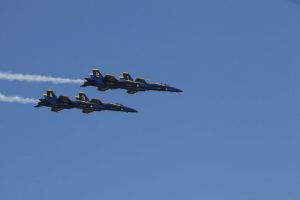
“In order to apply for the team you need to have at least 1,250 tactical jet hours. Then you come out and meet the team members and we look at you as a person, Naval, or Marine officer,” Cheng said.
Team members rotate every two years. When they finish being a Blue Angel, they return to the military.
According to Cheng and Hickey, the six Blue Angels are referred to as F/A-18 Hornets. When together, they usually fly in a six delta formation, 18 inches apart, and at a speed of 700 m.p.h. The first plane, Boss, leads the show.
At the beginning and end of the show, Fat Albert Airlines appears, the seventh Blue Angel. According to the Blue Angels’ staff, Fat Albert is a nickname given to the plane by Marine Corps Blue Angel pilots in the 1970s because of its size and shape, and is a reference to the popular children’s cartoon of the same era.
“Fat Albert isn’t a typical Angel. It is a C-130 cargo plane with four jet engines. It carries all the equipment and remaining crew,” Hickey said. “The whole back of the plane drops down to load items on and off. In a combat situation it can dip down, drop off equipment, and fly back up to escape firing.”
“By the time we come out to San Francisco you are seeing the closest, tightest, and the fastests sets of the entire year,” Cheng said. “Preceding our entrance to San Francisco we are going to do 120 training flights. In the rest of the season we are flying nine times a week.”
San Francisco holds the risk of foggy skies according to KTVU news. However, Maj. A.J. Harrell of the U.S. Marine Corps, who operates the Fat Albert, said the team has different shows depending on weather conditions, so the show can go on.
Cheng says he is glad that the team chose to fly in San Francisco due to its many spectators and famous landmarks. “The first time I ever saw the Blue Angels was here in San Francisco, and now I get to fly here, overhead San Francisco,” Cheng said.
According to Cheng, some other cites the squadron would have liked to attend didn’t have a big enough airport. If the runway is too small the planes are not going to be able to take off.
Other planes, aside from the Blue Angels are chosen for the show strictly due to emergency situations.
“Any other planes part of the programming are pertinent to the exercises taking place, such as the MV-22 Osprey, which was chosen to showcase its emergency response capabilities. The Osprey is able to carry Marine Corps medical shock trauma platoon. This platoon is a team of ER doctors and nurses equipped to set-up an emergency room pretty much anywhere in the world,” Garcia said.
Blue Angels return to San Francisco. Video courtesy of Jack Bushell.Hickey said, besides from a helicopter, the Osprey is one of the only planes showcased in the show that can take off without a runway. “It just lifts straight upward like a helicopter,” Hickey said.
Some other planes and pilots are: Sean D.Tucker for team Oracle, Michael Wiskus for Lucas Oil, the United States Navy Leap Frogs, the Horsemen Flight team, and the United Airlines 747.
Tucker, a pilot from team Oracle attempts crowd roaring tricks. He flies the aircraft backwards, straight-down, tail-first at more than 100 mph. Tucker is the only pilot to perform a triple ribbon cut, 25 feet off the ground, at 220 mph.
The United States Navy Leap Frogs appeared in the very beginning of the show, jumping out of hovering helicopters into the bay.







